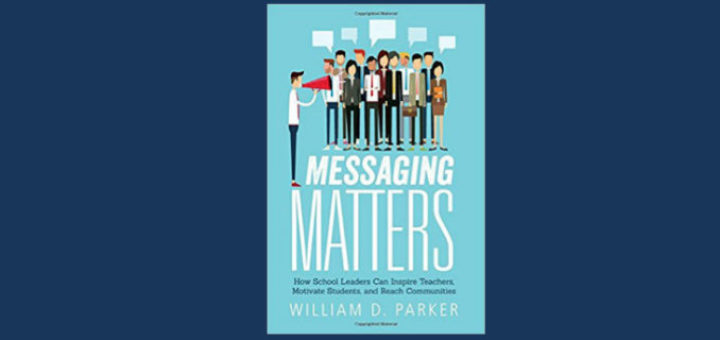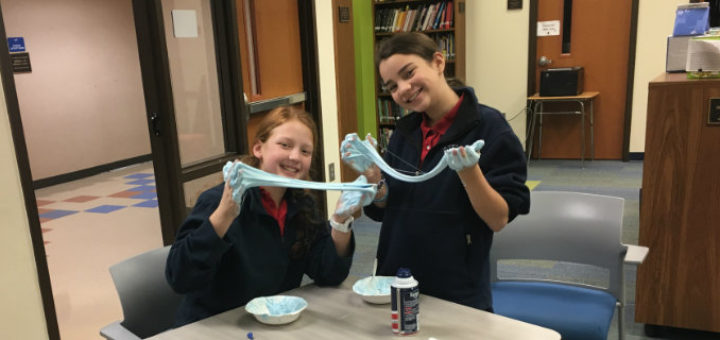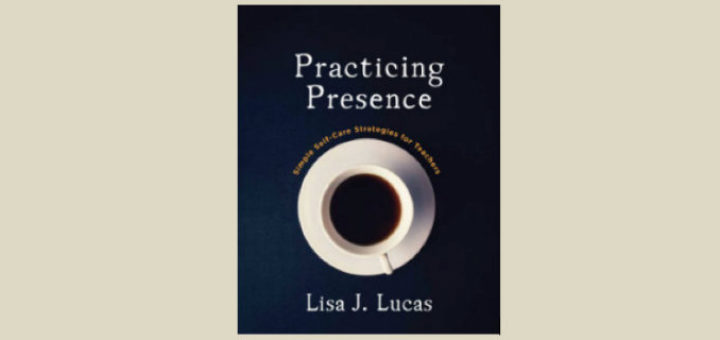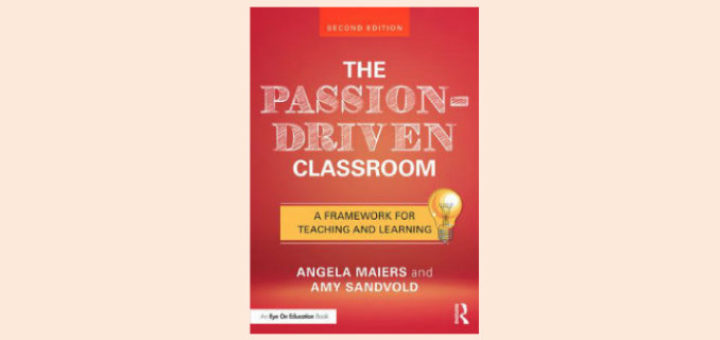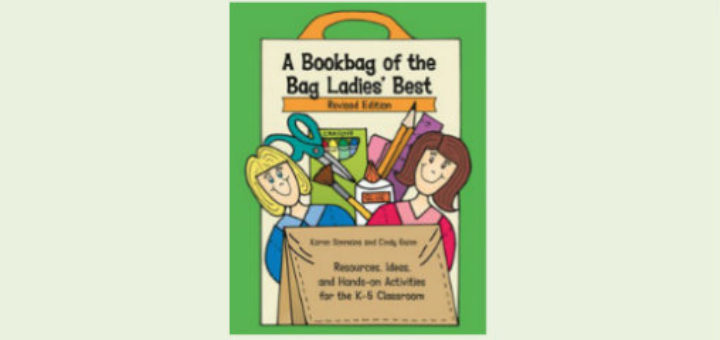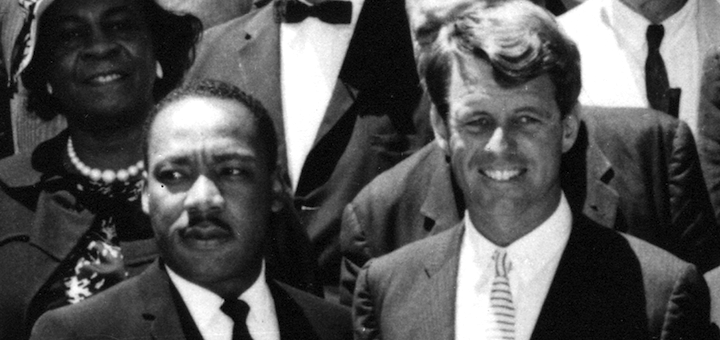Teaching and learning in grades 4-8
Messaging Matters provides practical notions and step-by-step models to strengthen communication and build a positive culture with your students, parents, and community. And you can implement them almost immediately, writes school counselor Wendy Adams.
Testing time can ramp up the anxiety of already stressed-out middle schoolers. During week-long testing at her school, media specialist Paige Garrison designed fun, relaxing early morning activities to give their minds and bodies a break. She shares her Week of Zen.
As schools go through the annual Least Restrictive Environment process, special needs coach Elizabeth Stein is wondering – what happens once the decision is made? Read her tips to ensure students assigned to co-taught classrooms have something more than a “banking model” education.
Kevin Hodgson remembers vividly the day when what seemed like a fantastic new idea for exploring word origins with his 6th graders fell apart rather quickly and left him in a panic. He shares this and other memorable missteps over the years – and some lessons learned.
How can we help students build understanding and empathy for people and cultures outside their own experience? Librarian Rita Platt launched the Books Without Borders reading challenge at her school. See how she does it. Materials and tips on acquiring books included!
Mindfulness, teacher self-care, and increased job satisfaction for teachers are currently hot topics. Teacher librarian Rita Platt finds Lisa J. Lucas’ helpful book, Practicing Presence, a welcome addition to the conversation about Social Emotional Learning for educators.
In “The Passion-Driven Classroom: A Framework for Teaching and Learning” Angela Maiers and Amy Sandvold provide an inspiring and practical resource for educators who embrace or want to explore the student-centered focus of passion-based learning, says Jacie Maslyk.
Photos, zipper baggie quilts, stick puppets, story time capsules and more – all add to the learning in Simmons and Guinn’s collection of hands-on activities for kids in K-5. Educator Elizabeth OBrien says activities can be easily adapted from one subject area to another.
Executive function is the missing link to student achievement, author Nancy Sulla says. If students don’t develop the brain-based skills to focus, catch and correct errors, and identify cause-and-effect relationships, they can’t make sense of even the best lessons.
The tumultuous and difficult year of 1968 is getting lots of media attention during 2018 because it marks the 50th anniversary of so many newsworthy events in America. Media literacy expert Frank Baker says the anniversary focus offers many teaching opportunities.

